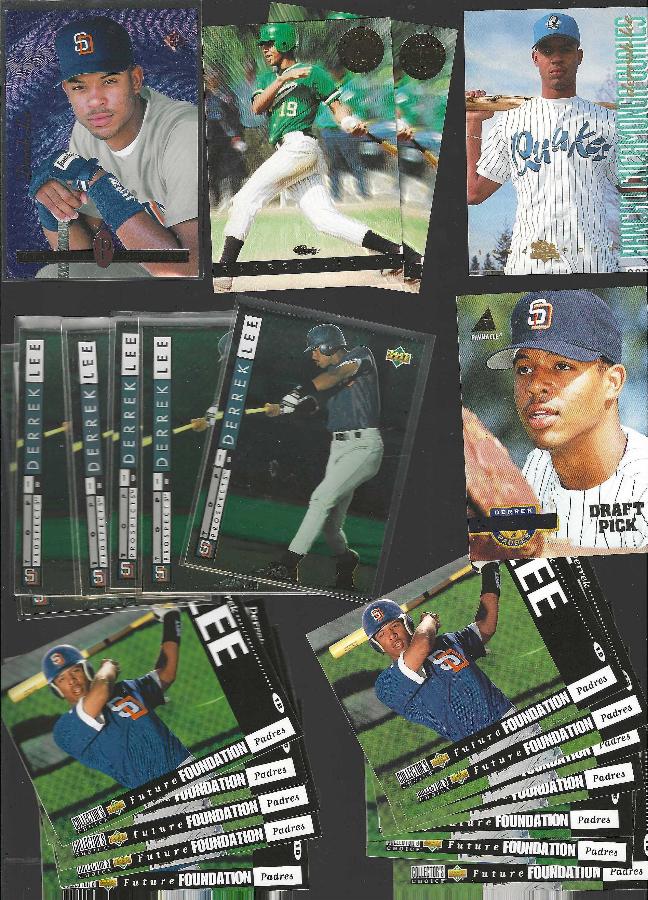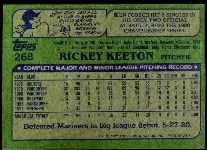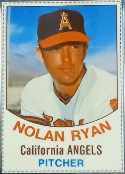Derrek Lee - COLLECTION - Lot of (50) assorted - With tons of Rookies !
With 1994 SP Rookie & more. What a great hitter for the Cubs. An NL Batting Champ with power! (sample image)

Please wander around the website for more info, prices, values & images
on vintage baseball, football, basketball, hockey, sport and non-sports cards.


1982 Topps Baseball Cards |



1977 Hostess 'Twinkies' Baseball
Following their 1975 and 1976 issues, Hostess again issued special,
scarcer versions of their cards only found on selected boxes like
Twinkies and Cupcakes.
They have same fronts as regular 1977 Hostess but slightly
different backs and identified by the black bar that can usually be
seen on the back of the card. They were originally (1975/1976) issued
with Twinkies thus they are now called "Twinkies" versions.
Click for complete
1977 Hostess Twinkies Baseball Checklist, Values & Info
The cards issued on Cupcake boxes had very tiny print on the back and are often referred to as "Small Print". Note: A few cards were issued in both variations. Note: You may be on that page right now. Click for complete 1977 Hostess Baseball Checklist, Values & Info |

Starting approximately in 1886, sportscards, mostly baseball cards, were often included with tobacco products, for promotional purposes and also because the card reinforced the packaging and protected cigarettes from damage. These sports cards are referred to as tobacco cards in the baseball card hobby. Over the next few years many different companies produced baseball cards. Tobacco cards soon started to disappear as the American Tobacco Company tried to develop a monopoly by buying out other companies.
They were reintroduced in the 1900s, as American Tobacco came under pressure from antitrust action and Turkish competition. The most famous and most expensive, baseball card is the rare T206 Honus Wagner. The card exists in very limited quantities compared to others of its type because Wagner forced the card to be removed from printing. It is widely (and incorrectly) believed that Wagner did so because he refused to promote tobacco, but the true explanation lies in a dispute over compensation.
Soon other companies also began producing baseball and football cards. Sports magazines such as The Sporting News were early entries to the market. Candy manufacturers soon joined the fray and reflected a shift toward a younger target audience for cards. Caramel companies were particularly active and baseball cards were one of the first prizes to be included in Cracker Jacks. World War I soon suppressed baseball card production.
